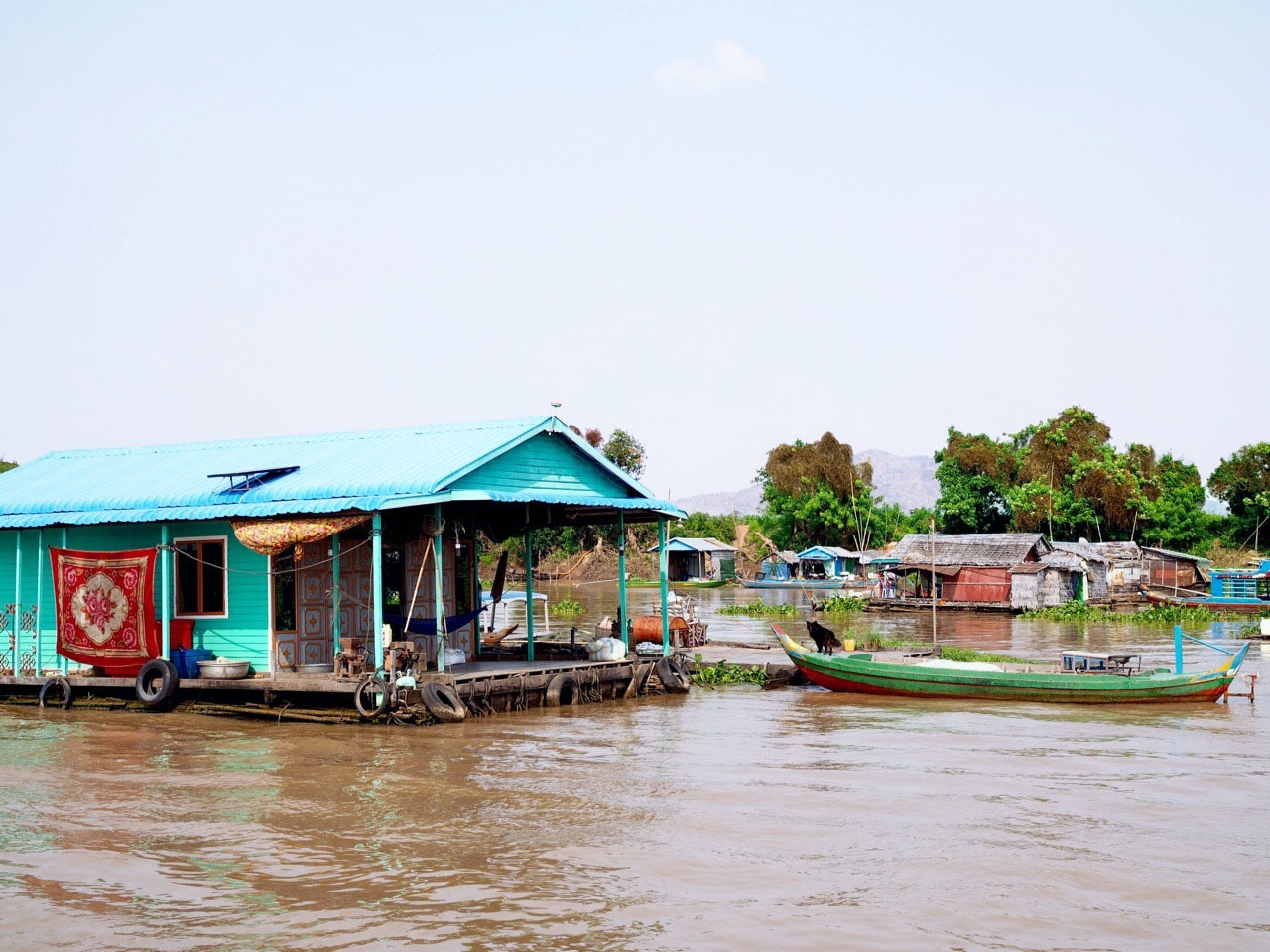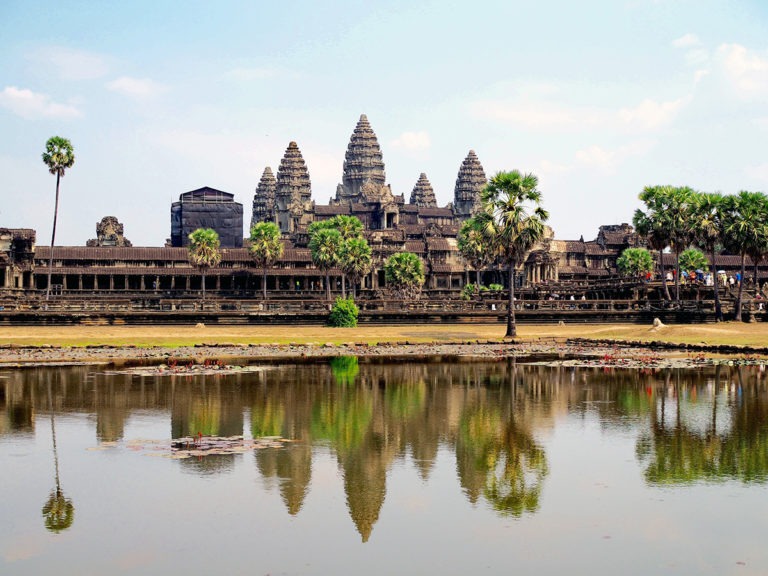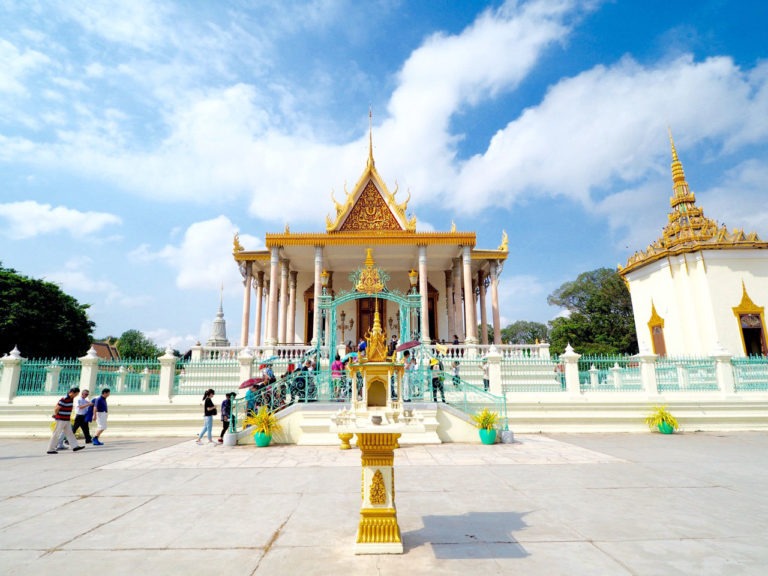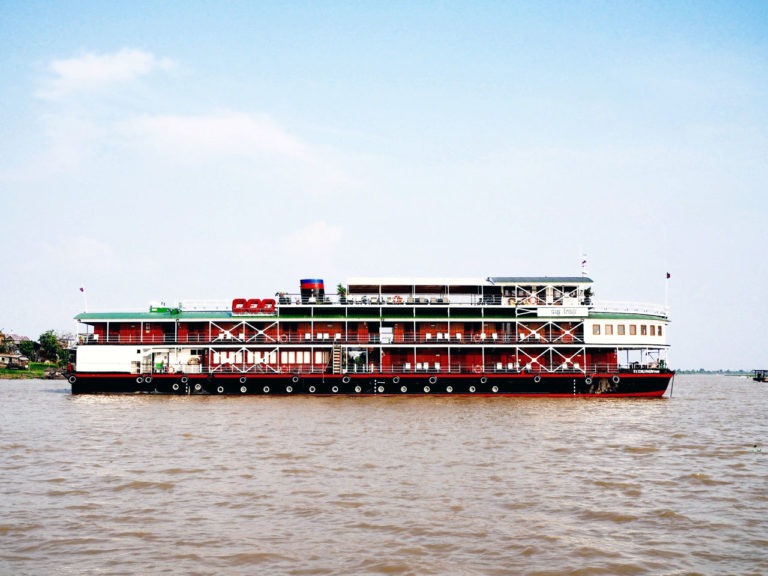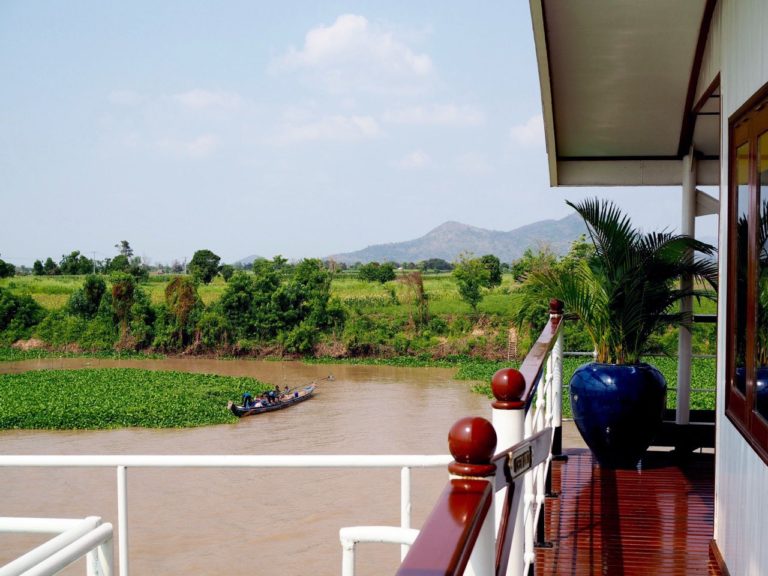River cruise on the Mekong: a Cambodia and Vietnam photo journey
It’s been a lengthy, sweaty 36 hours since I took a breath of fresh air and yet despite my exhausted state, I already know that the river cruise on the Mekong ahead of me will have been entirely worth the airport gymnastics.
This is the start of a dream voyage that will take me from the timeless Cambodian countryside to the bustling mayhem that is Phnom Penh following the bends of the legendary Mekong River, peeking at floating villages and Buddhist monasteries along the way and into the Vietnamese delta further south.
Unbeknownst to me at the time, I would leave Indochina under the complete and utter spell of its inhabitants, deeply moved by the unconditional generosity and innate kindness of those I would be lucky enough to cross paths with — and the realization that the primary force of attraction, here, is not something that tourists will find in glossy brochures.
My summary of a transformative 7-day river cruise on the Mekong, from Cambodia to Vietnam.
+
vietnam travel tips
Book the Classic Mekong river cruise with Pandaw River Expeditions
Tonle Sap River
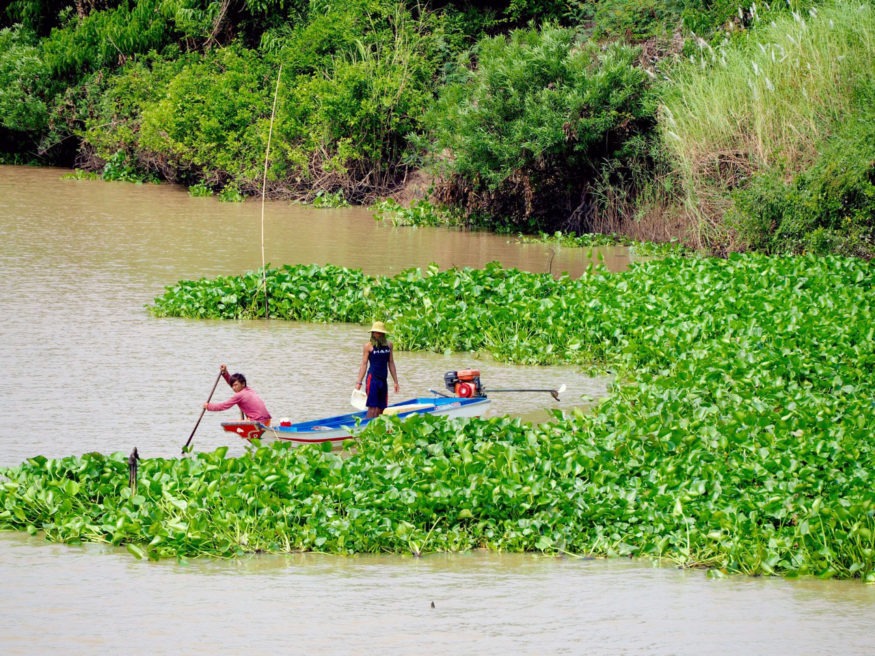
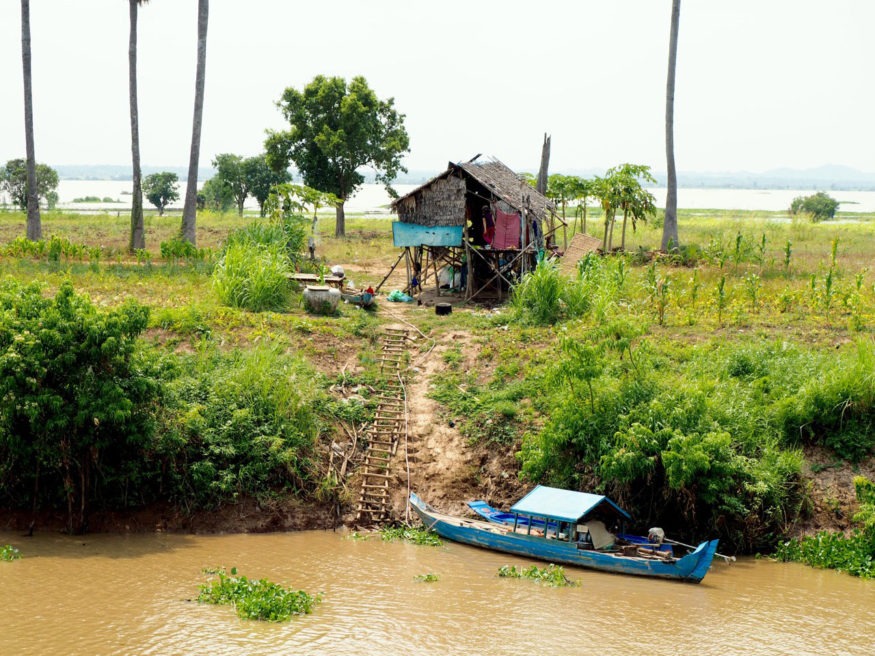
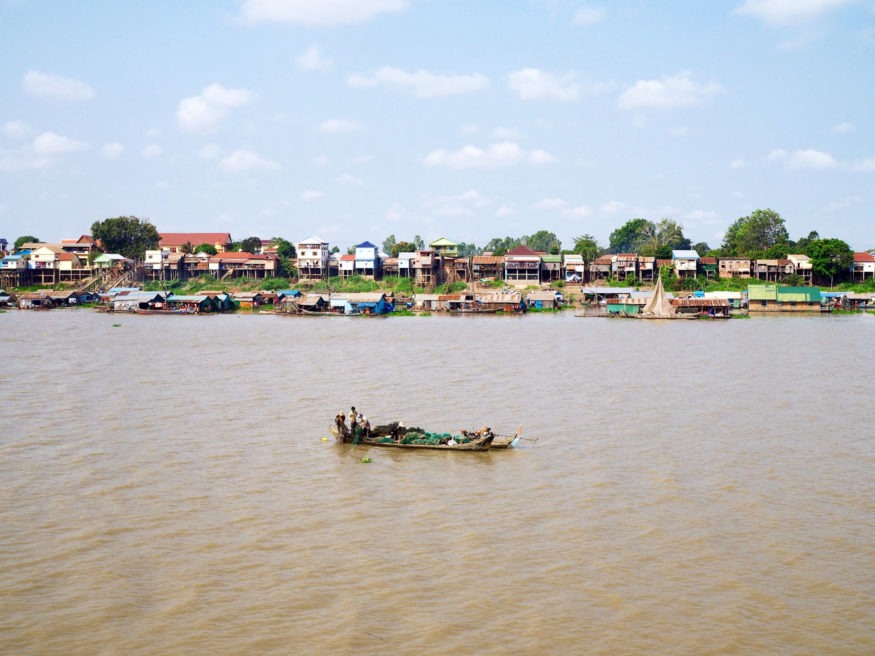
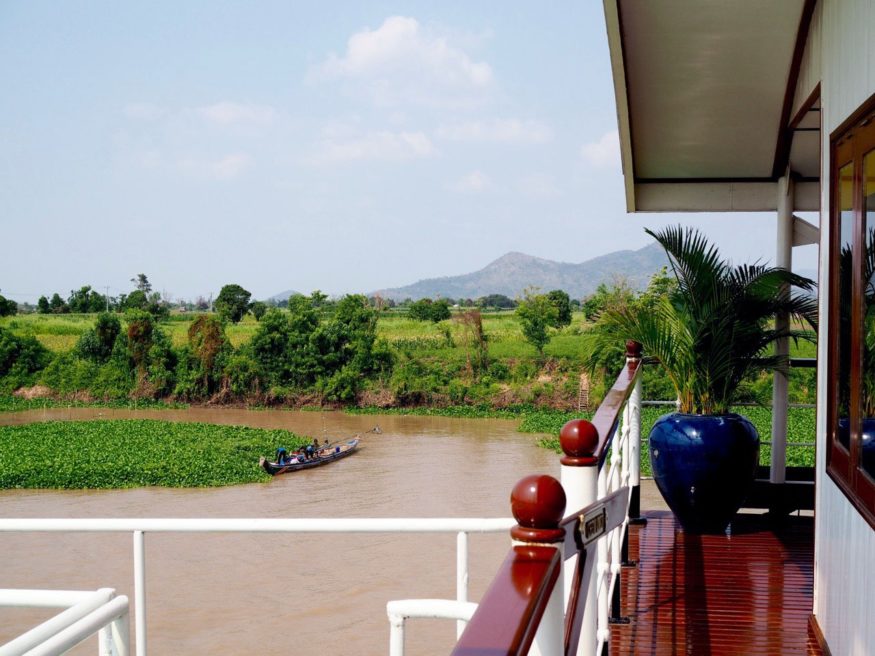
The gentle hum of the motor barely registers as we glide silently along the Tonle Sap, a freshwater lake intricately connected to the Mekong River. Renowned for its distinctive flow reversal, orchestrated by the annual fluctuations in the Mekong’s water volume and the influence of the Asian Monsoon regime, this waterway unveils the authentic essence of Cambodia.
The seemingly endless, level landscapes are adorned with stilt houses, serving not only as shelters against the monsoon’s wrath or improvised cowsheds but also as symbolic bridges to the divine. Amidst the lush vegetation, water buffalo and slender Brahman cows flourish undisturbed, occasionally interrupted by the spirited shouts of toddlers and teenagers eagerly awaiting our boat. Their energetic calls of “Hello! Hello! Hello!” punctuate the air, possibly the only English words they’ll ever know, accompanied by vigorous waves as we pass by. In stark contrast to children coerced into pestering tourists at temples, these youngsters exude genuine joy in welcoming visitors, their brief interactions leaving a lasting, heartwarming impression.
Angkorban
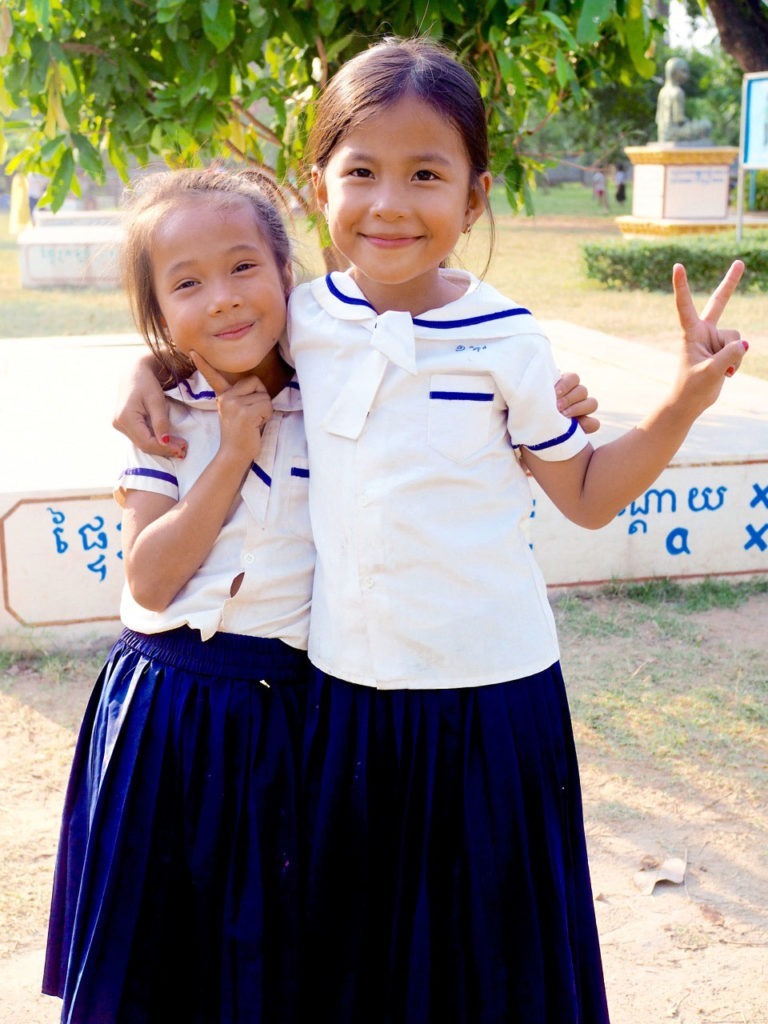
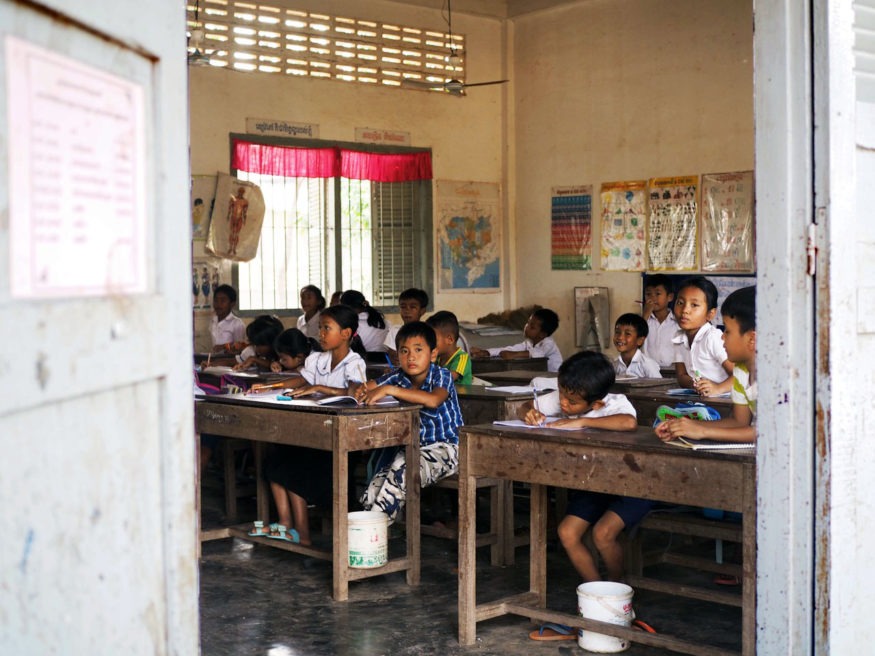
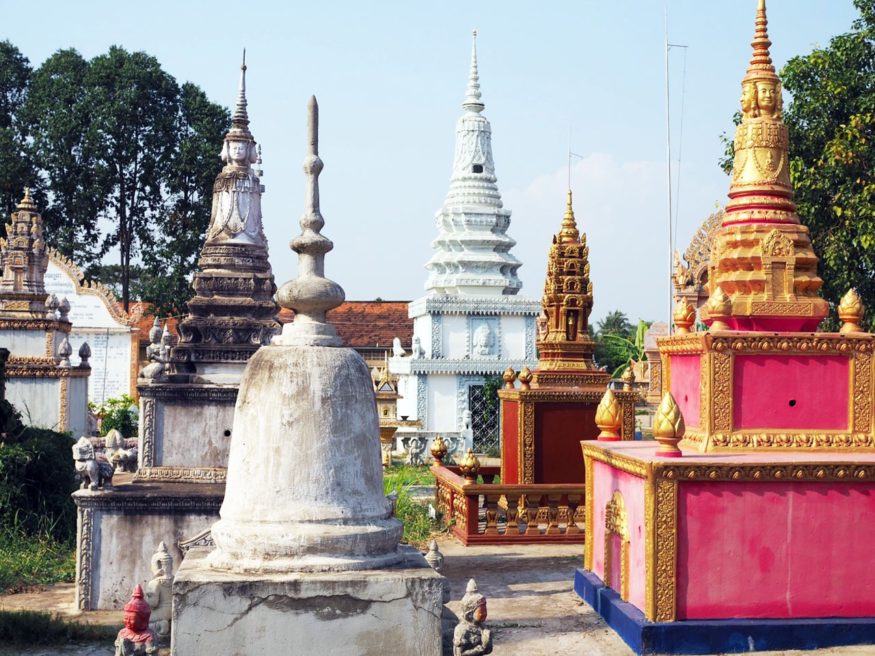
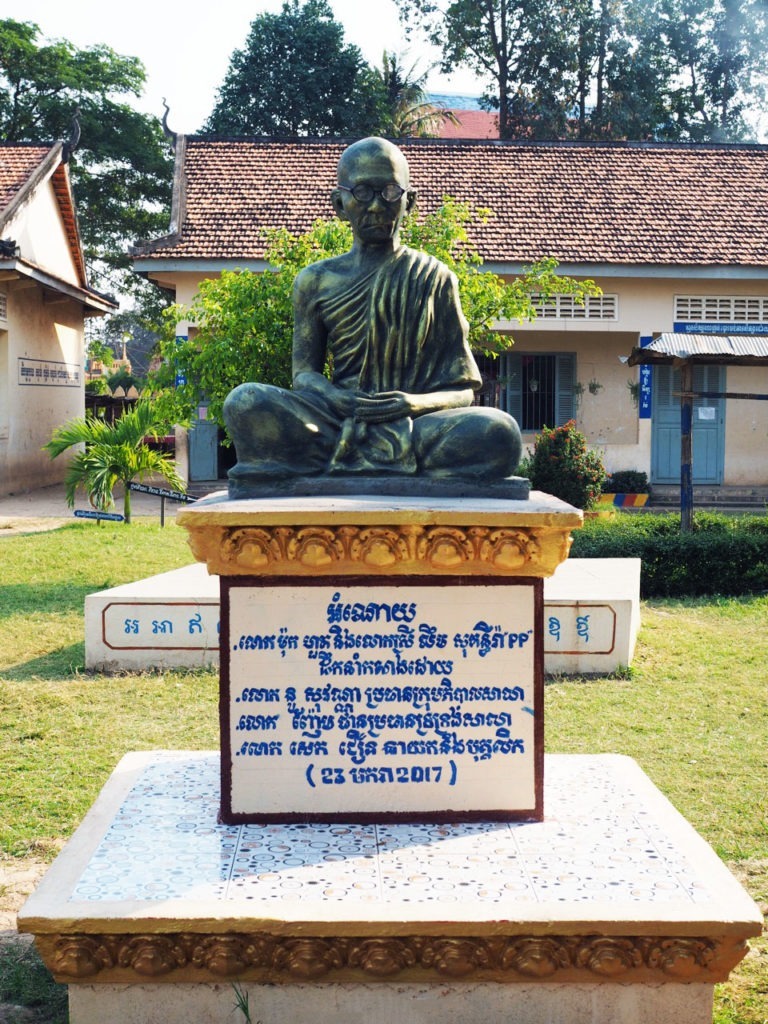
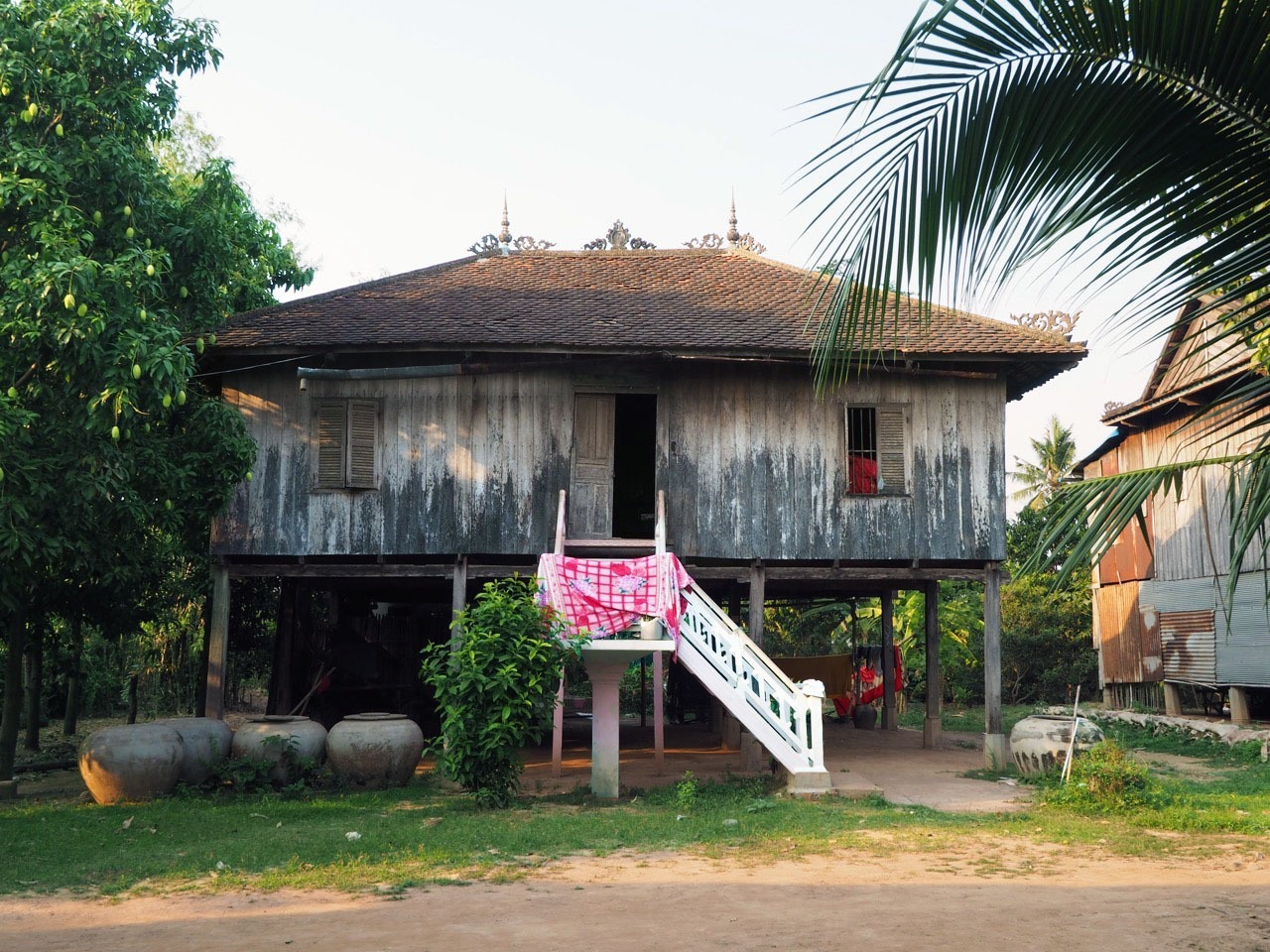
The brevity of the stop in Angkorban, a small commune nestled deep in the Battambang Province, far from the madding crowds and the urban cacophony, was perhaps one of the most poignant ones in this whole voyage. This is where I visit the local primary and secondary school and meet with irresistible children eager to meet newcomers despite the incalculable cultural gap that separates us.
From the beaming grin of the fishmonger to the little girls gifting me freshly plucked coral-hued flowers, the irony isn’t lost on me – often, it’s those with the least to offer who deliver the most profound surprises.
Cambodia, in its rapid growth and intricate complexities, bears the scars of stark inequalities, predominantly stemming from the brutal genocide led by Pol Pot in 1975. Let’s call a spade a spade. However, amidst this historical darkness, Cambodians emerge as some of the kindest, most amicable individuals I’ve ever encountered, despite the profound wounds they carry. They stand as powerful symbols of resilience and unwavering compassion, leaving an enduring impact on my understanding of humanity.
These are the memories I wish to hold dear – the unlikely encounters, the exploration beyond temples and heritage, and, above all, the profound connection with the resilient and compassionate people of Cambodia.
Phnom Penh
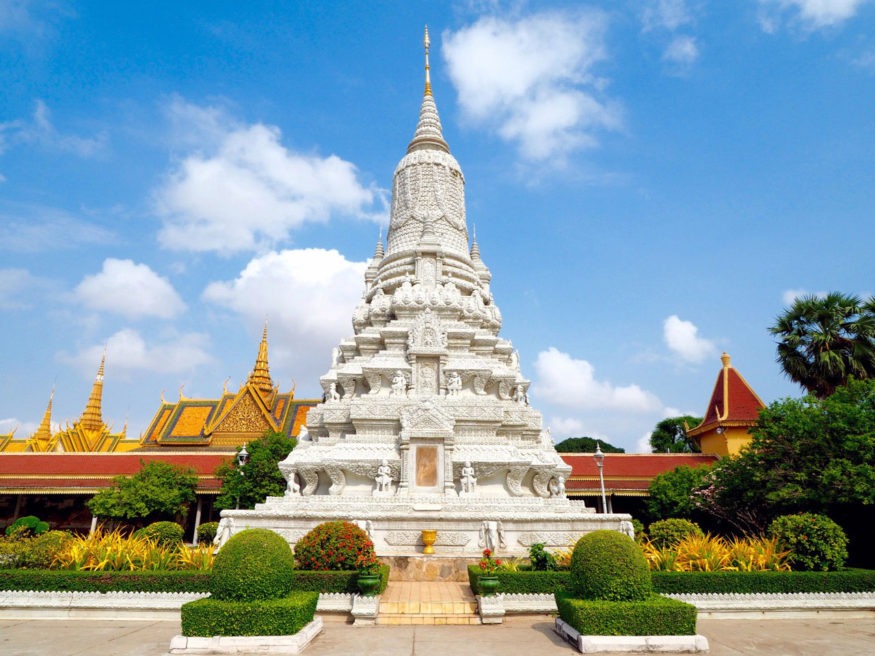
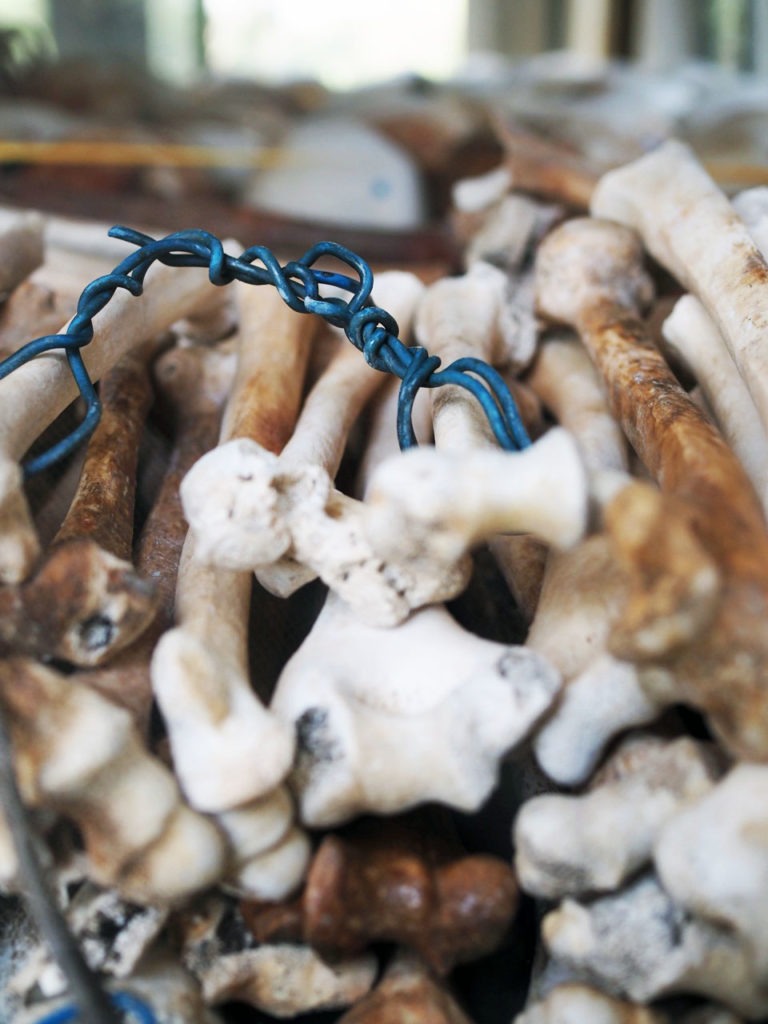
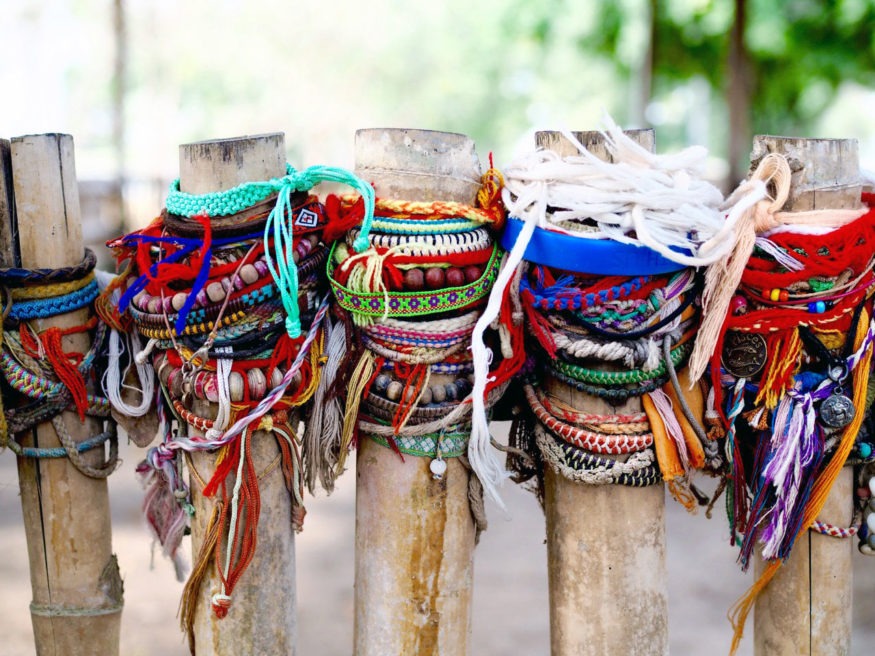
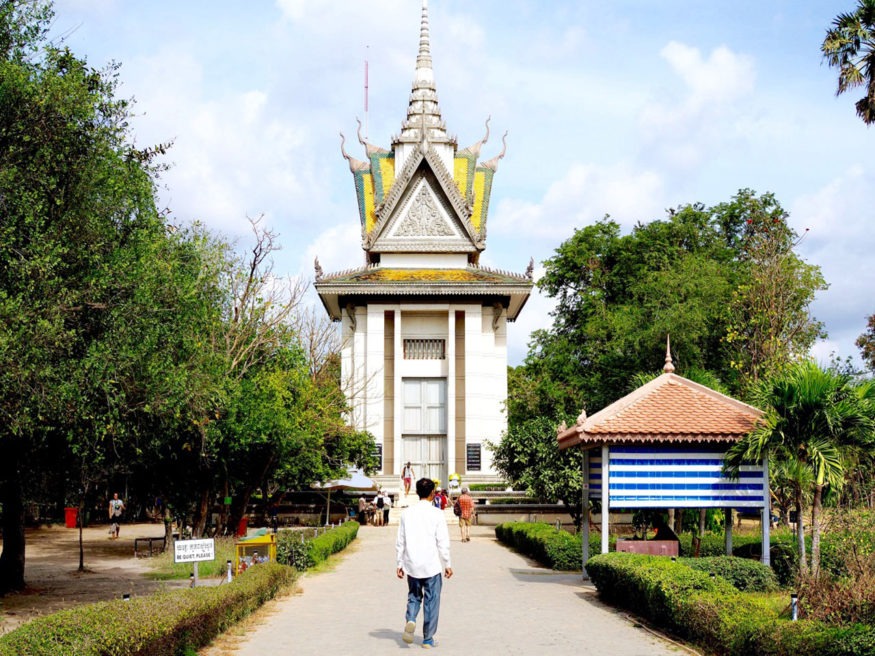
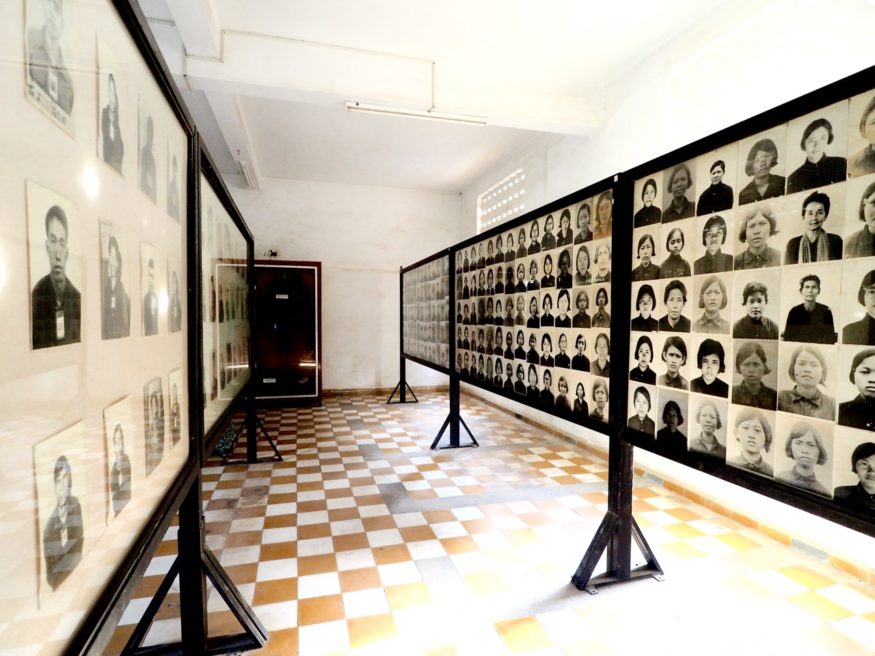
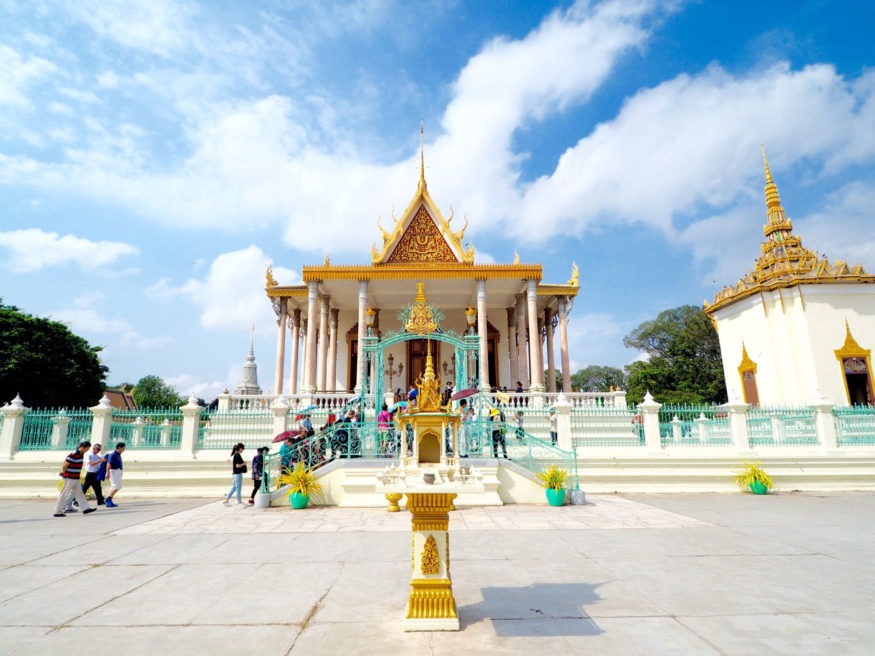
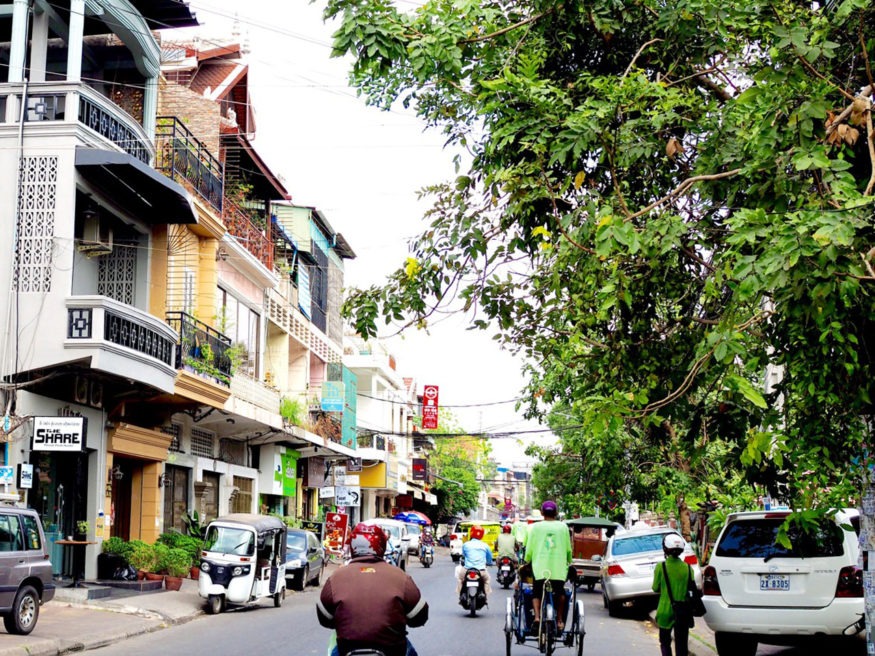
The honking tuk-tuks and the reddish-ochre Mekong river banks leave little doubt as to where the boat is docked. Once dubbed “the pearl of Asia”, Phnom Penh is a definitive assault on the senses after the quietude of the countryside but its Royal Palace, its National Museum, its diverse markets and its expanding café-terrace culture make it an interesting destination, along with its an amalgam of mismatched buildings with a certain je-ne-sais-quoi dating back to the French colonial era.
And while leisurely afternoons spent haggling at any of the dozen markets or sipping coffee while people watching, it would be downright unthinkable to travel to the Cambodian capital and overlook its tragic, not-that-long-ago history. Visiting the tragically yet aptly named Killing Fields and the Tuol Sleng genocide museum is not for the faint of heart but are essential nonetheless; the horrendous acts performed within these walls are simply indescribable and I can barely bring myself to step into the succession of rooms filled with photographs of victims taken before their untimely demise. Not one person exits the gates without a dull look, troubled by the inherent horror of the museum and the sombre realisation that four decades later we are not any safer from such heinous acts.
In memory of the victims, in hope for a brighter future, and for the sake of tolerance, one simply cannot go to Phnom Penh and not acknowledge the genocide performed by the Khmer Rouge regime.
+
cambodia travel tips
Kampong Chhnang
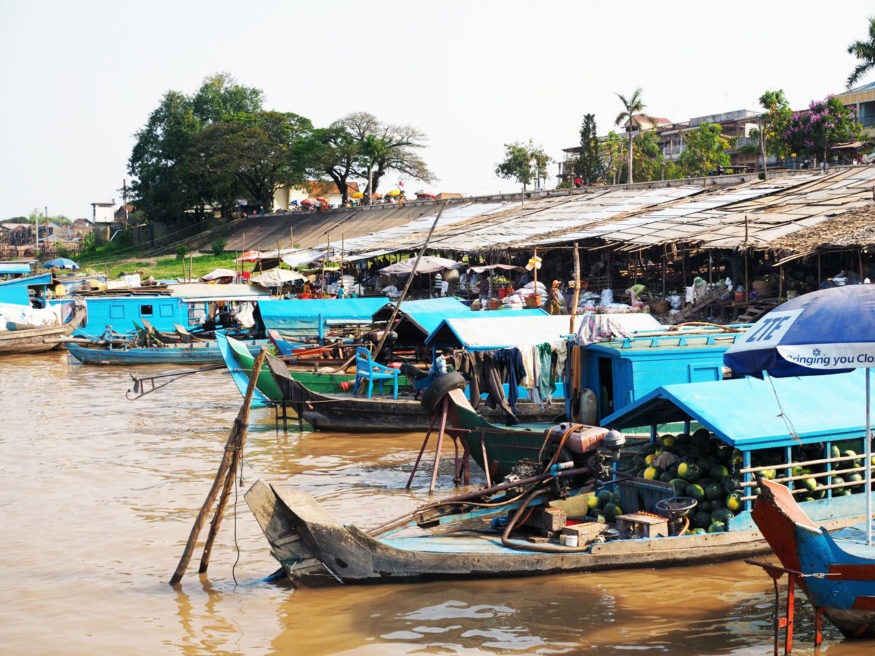
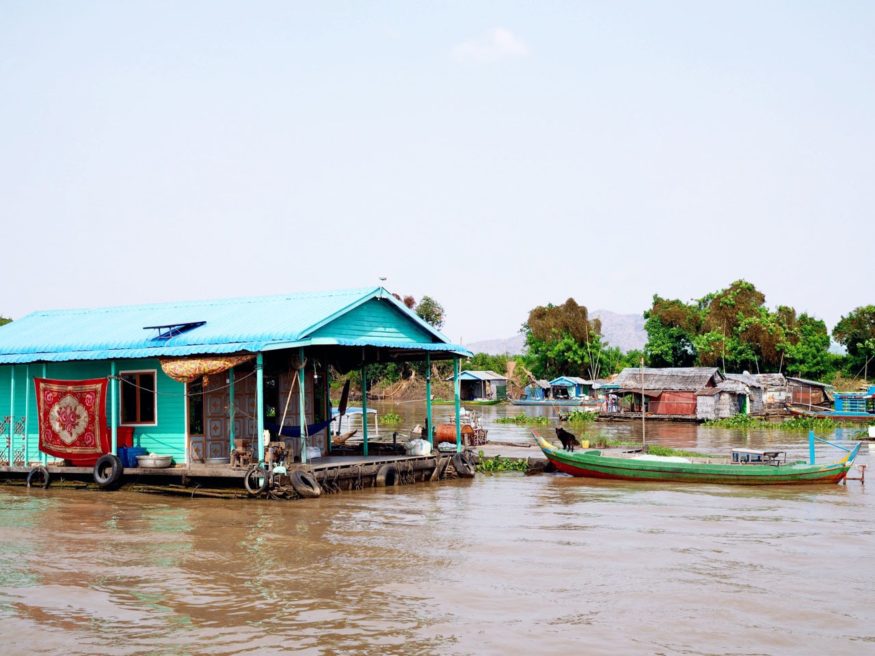
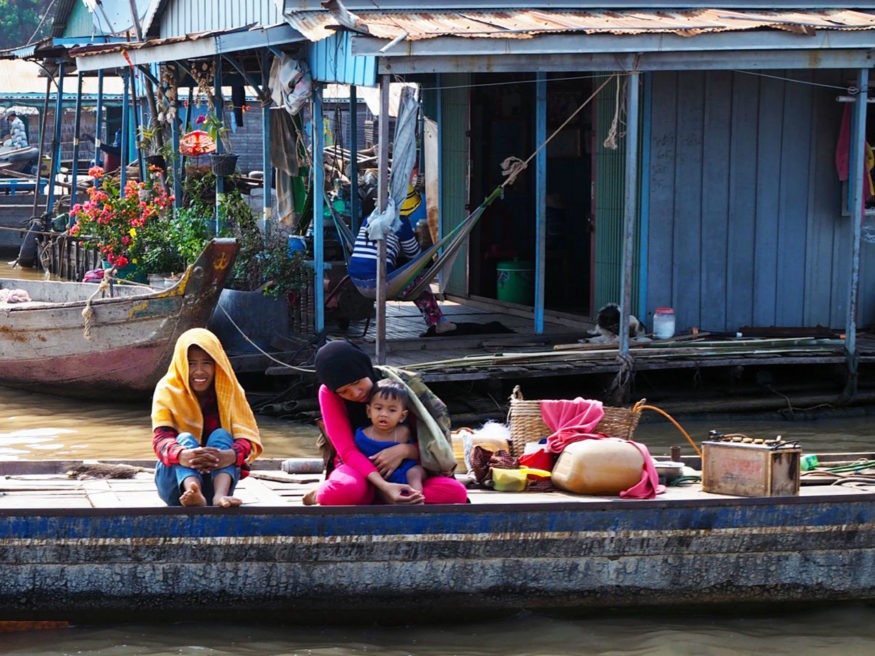
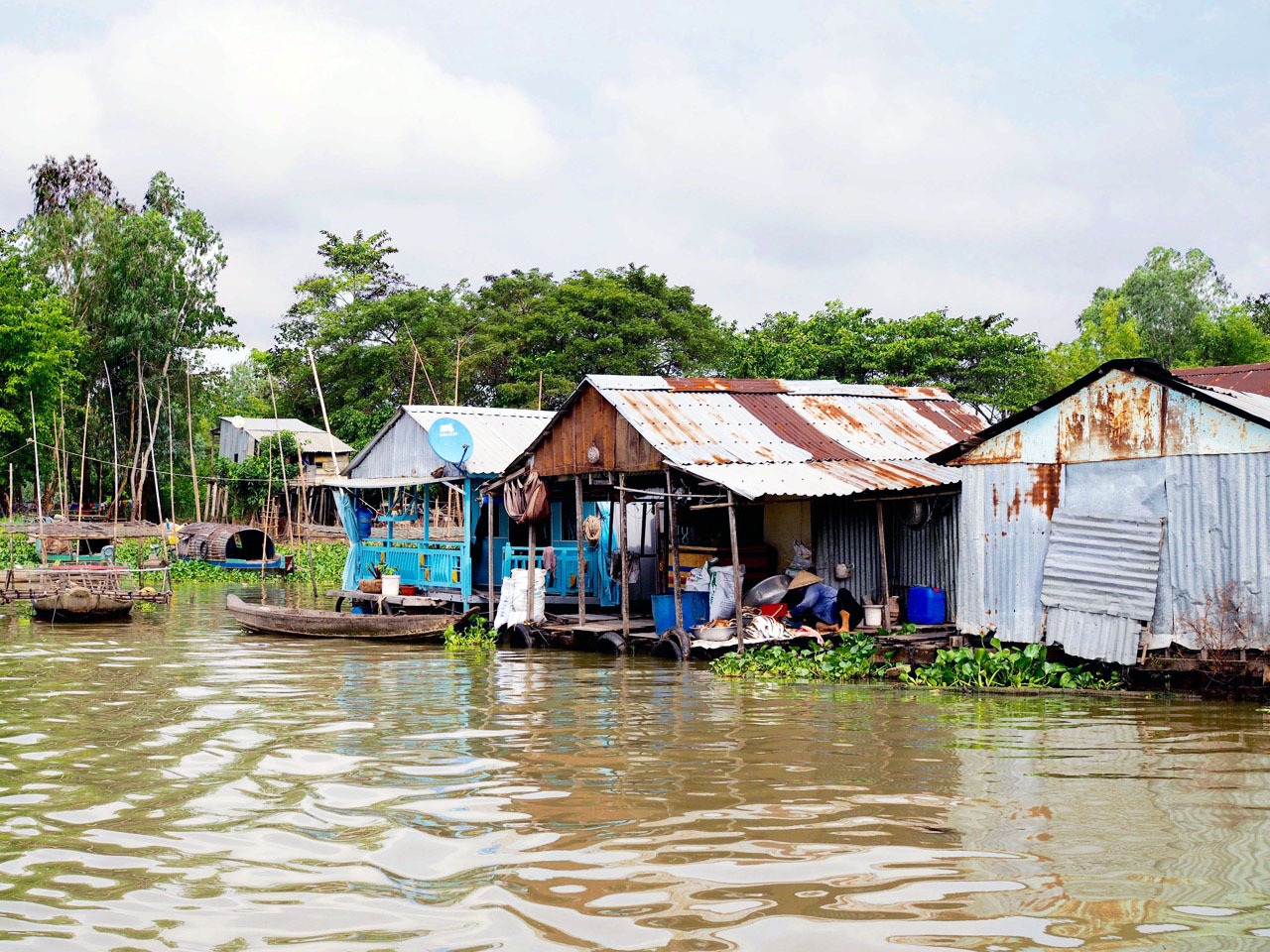
Comprising a few hundred houses built atop bamboo trees and artisanal fish farms, this village is painted in almost every shade of blue to honour Norodom Sihamoni, the King of Cambodia. This is also where visitors will find a lively yet rather primitive fish market, which, despite its irrefutably fetid smell, is still well worth a look in order to fully understand how people live in the Tonle Sap area.
Visiting Kampong Chhnang was yet another validation of my belief that had I visited the Cambodian countryside 100 years ago, it would’ve looked exactly the same.
Wat Preah Angkoak
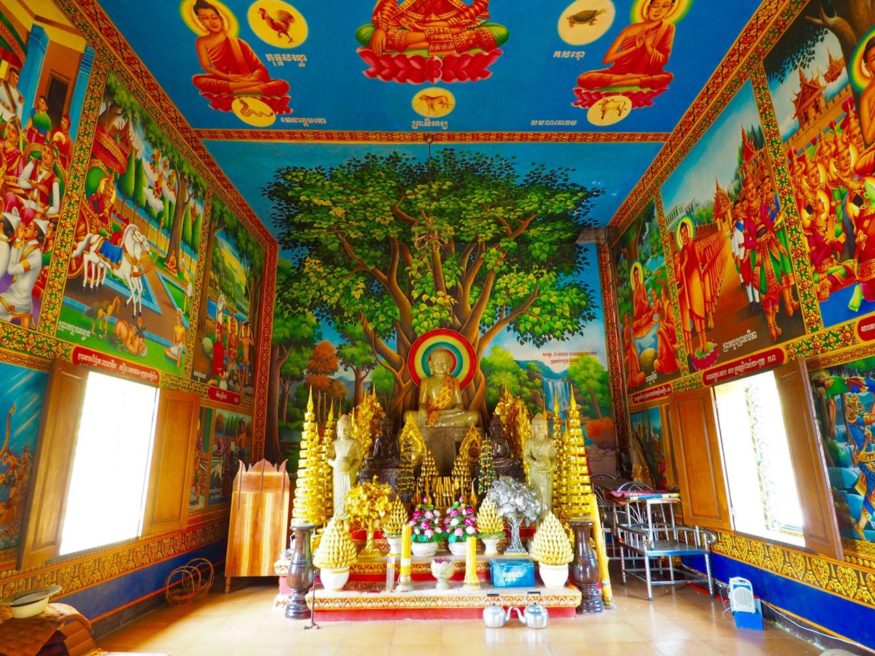
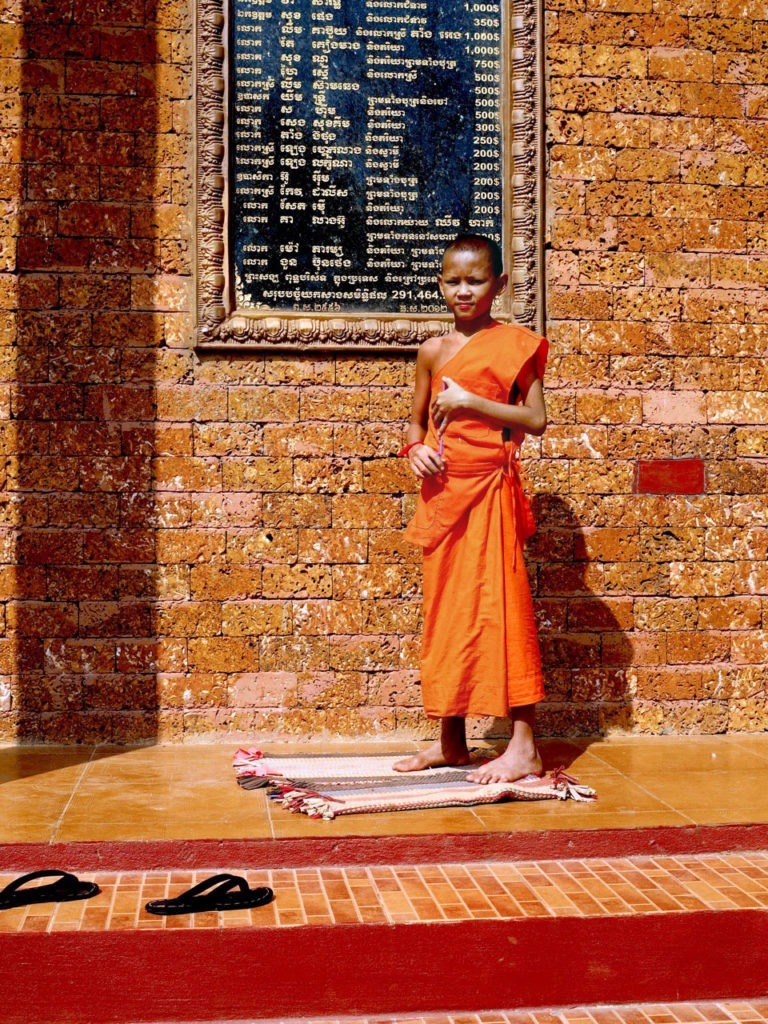
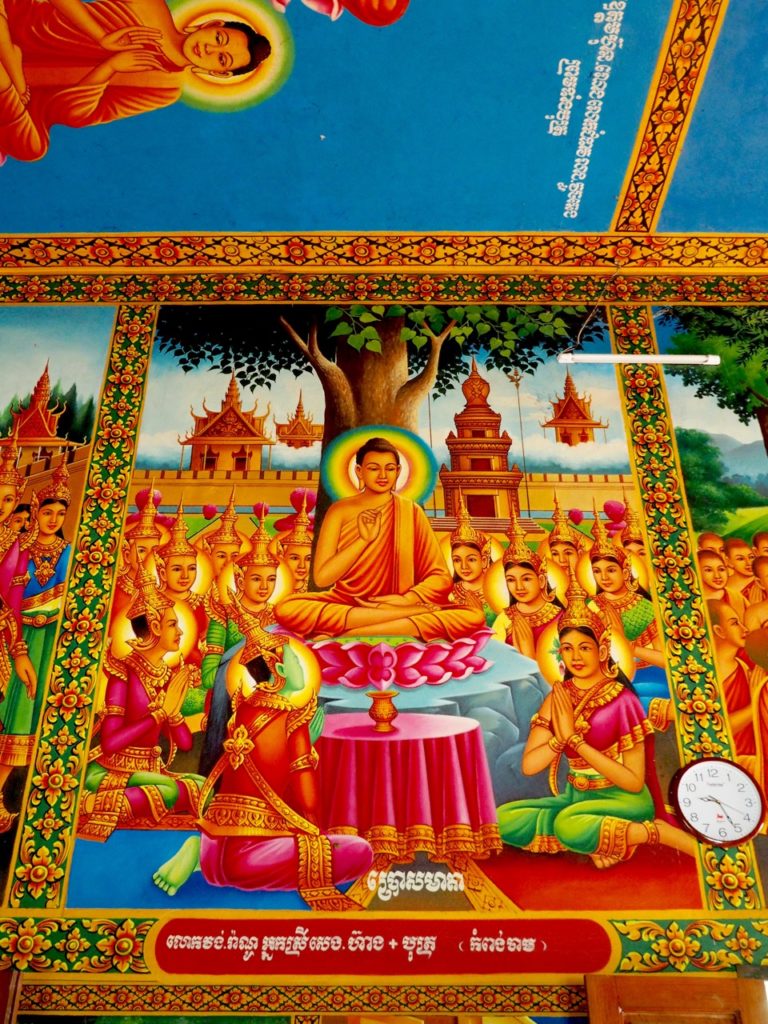
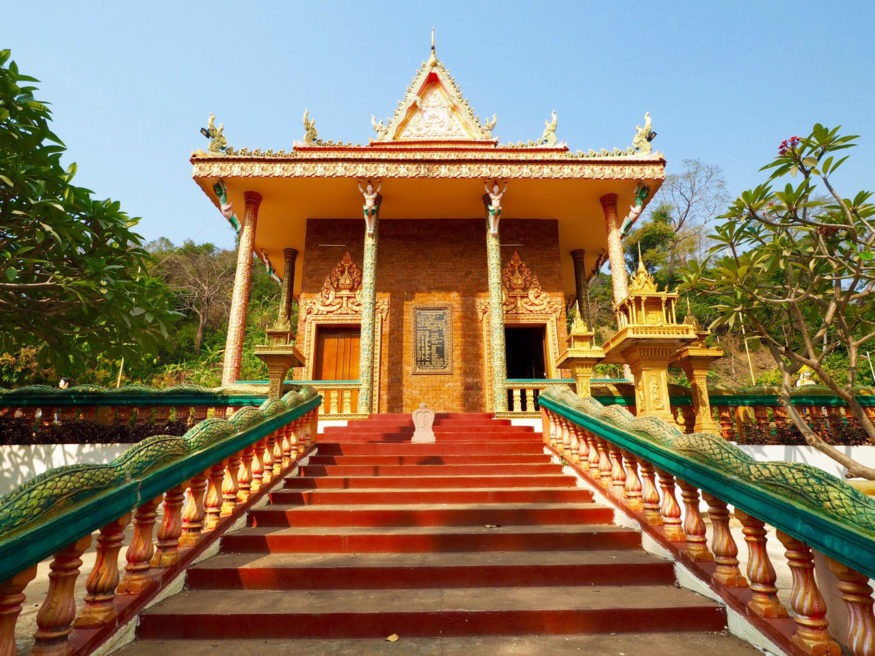
The beauty of sailing an intimate ship on this river cruise on the Mekong is that we are at liberty to moor at the smallest, least touristy of landmarks.
Located just a few hours ride from Angkorban, this striking gold temple was a real treat to visit after the crowds of Phnom Penh and worse still, Siem Reap. Here, monkeys and monks mingle peacefully and I find myself in awe of the colourful frescoes inside the pagoda, enthralled by the numerous scenes and also, quietly, ashamed at my lack of knowledge of Buddhist heritage.
Chau Doc
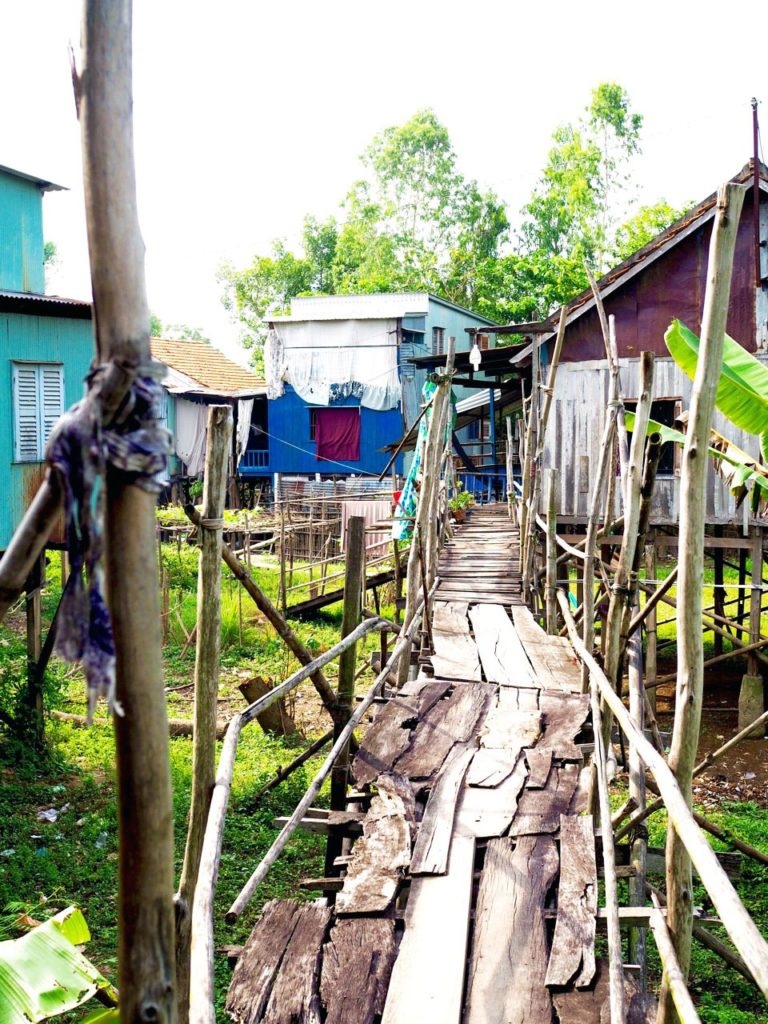
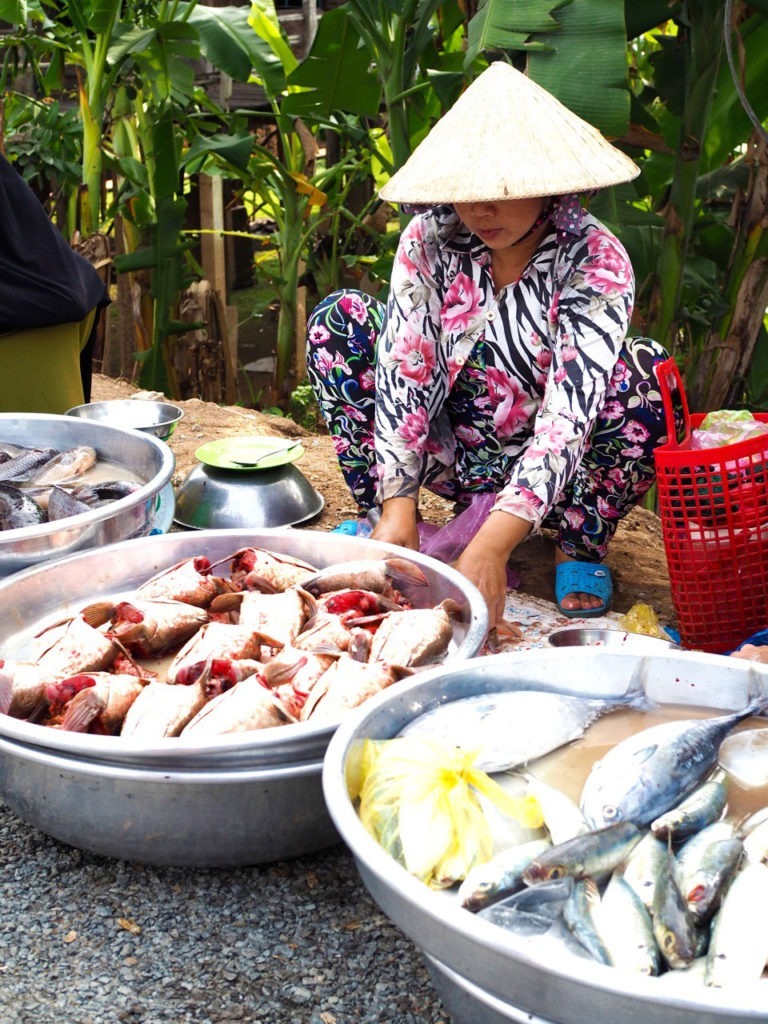
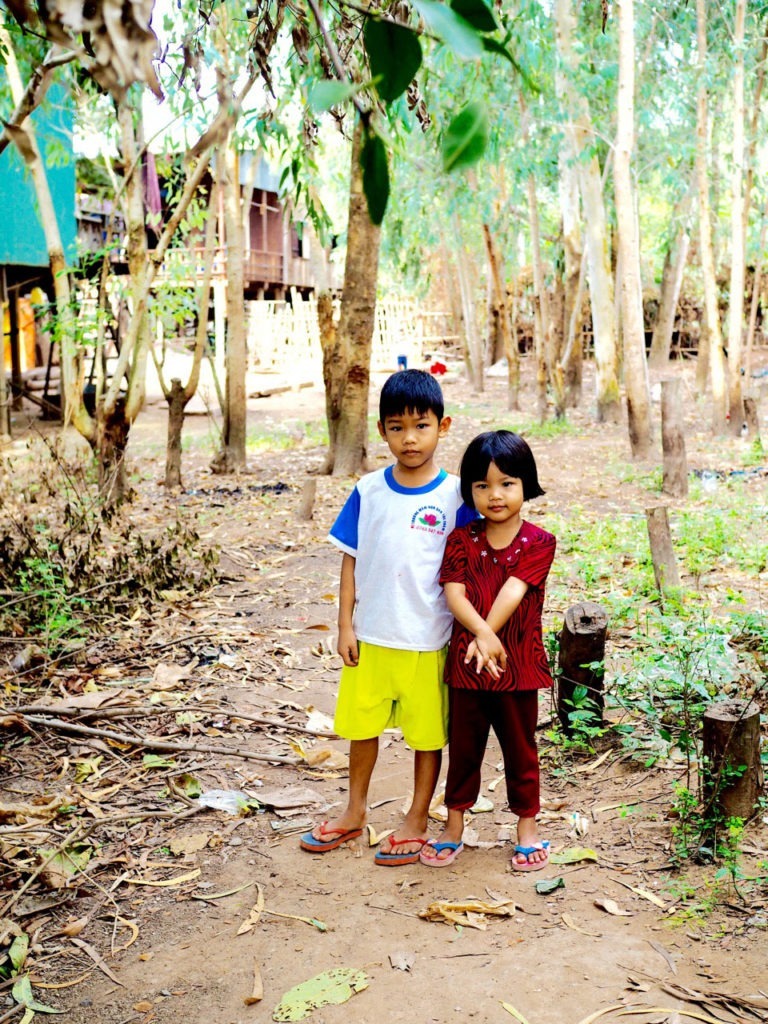
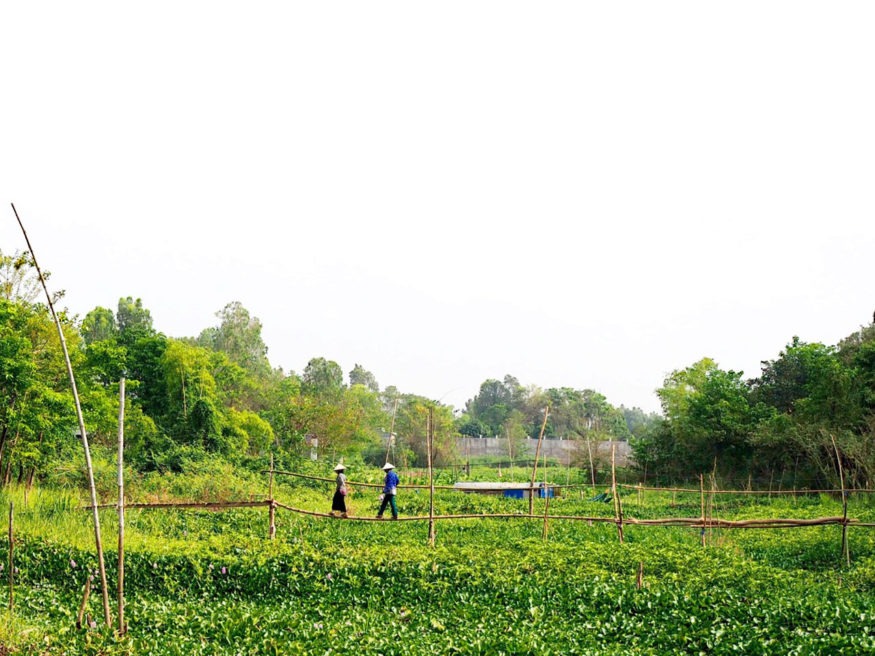
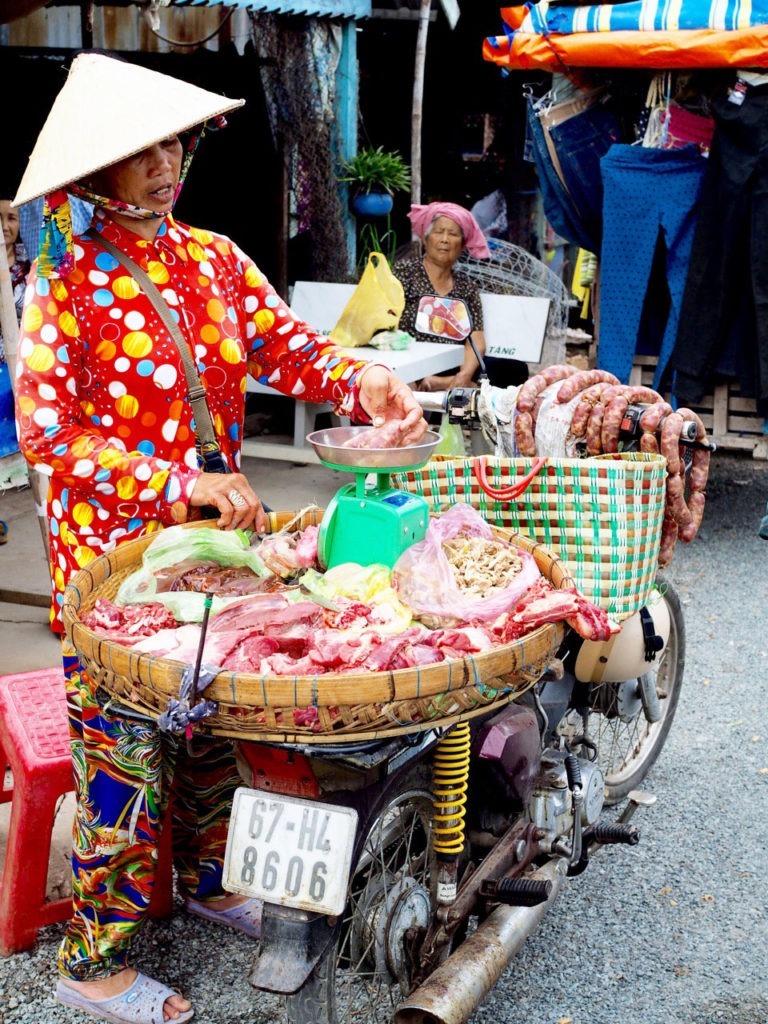
Chau Doc, with its vibrant Muslim community and mosque, stands out as an extraordinary village, boasting an unexpected cultural diversity for its size. Disembarking from the antique wooden barge, I traverse a rickety bamboo bridge that spans a canal adorned with lush floating plants, eventually arriving beside stilt houses nestled along the banks of the River Bassac. From this vantage point, I playfully observe local life, stealing glimpses into the simple yet charming dwellings perched high above the water.
Meandering toward the bustling high street, I chance upon a quaint and aromatic street market, albeit with a caveat. If there were anything remotely resembling a public health code in Vietnam, it appears to be a mere suggestion. Fish await their fate in makeshift basins, with freshness demonstrated by their animated flops, while raw meat sits exposed in wicker baskets under the scorching sun. Despite the chaotic scene and the proximity of passing lorries and buses, such market scenes are the norm in Vietnam, seemingly accepted without question.
Preferring prudence over culinary curiosity – both my stomach and immune system likely to dissent otherwise – I depart the market with a collection of vivid images, marveling at the spontaneity and warmth with which Vietnamese people welcome photographers into their midst.
+
vietnam travel tips
Sa Dec
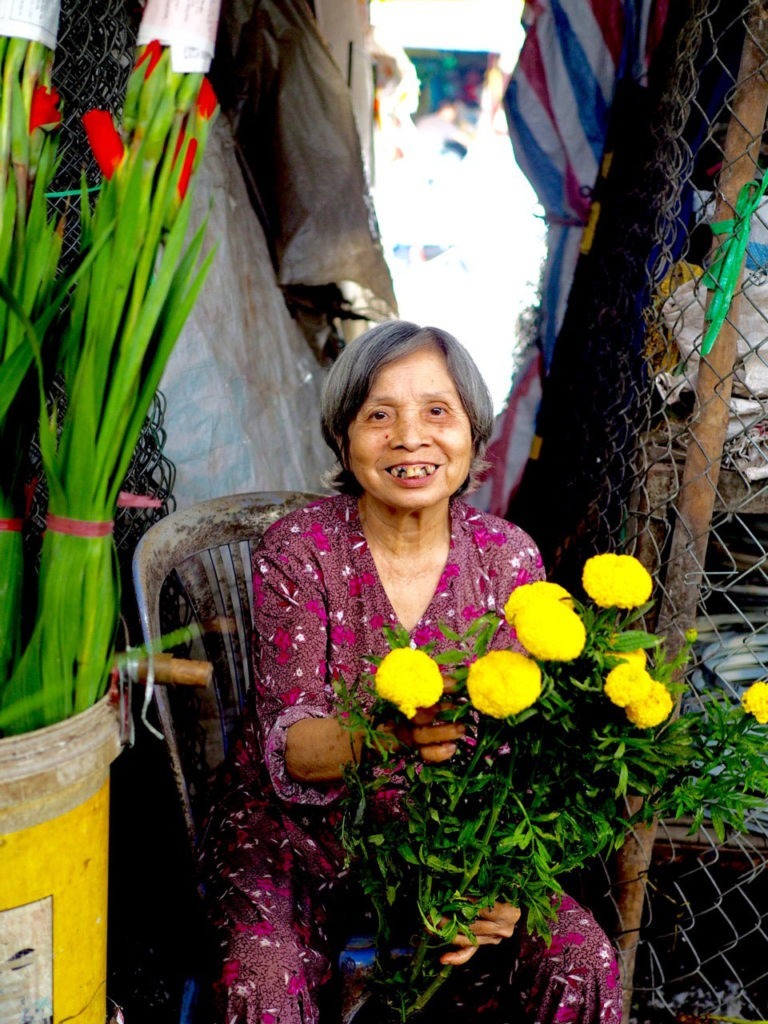
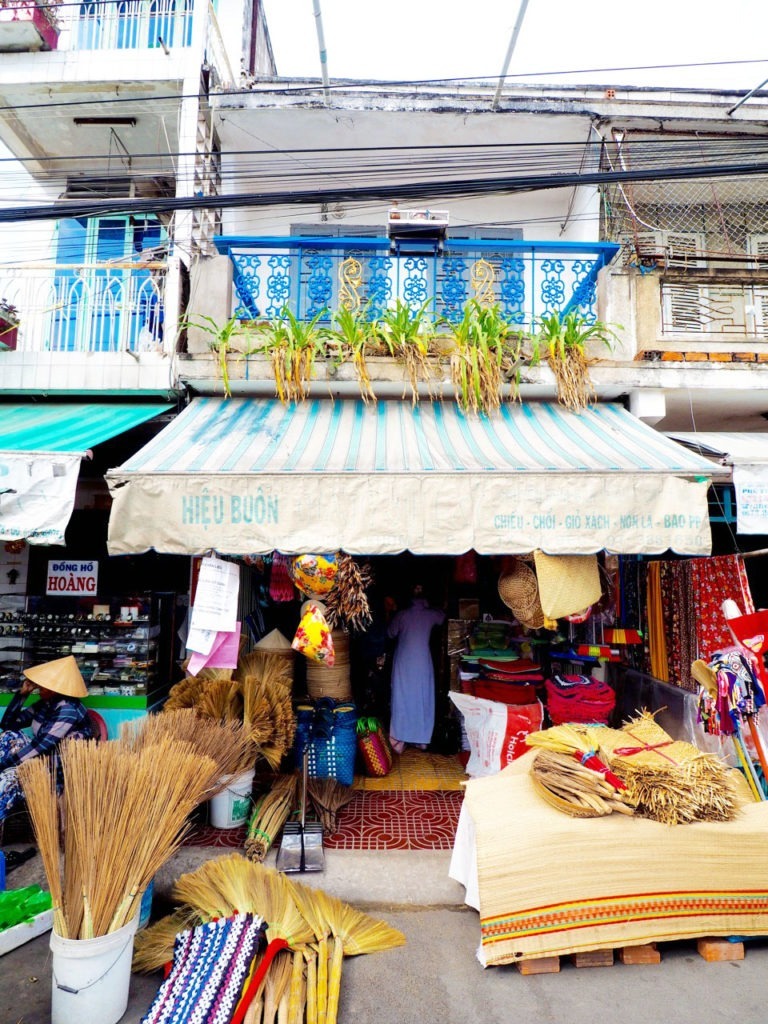
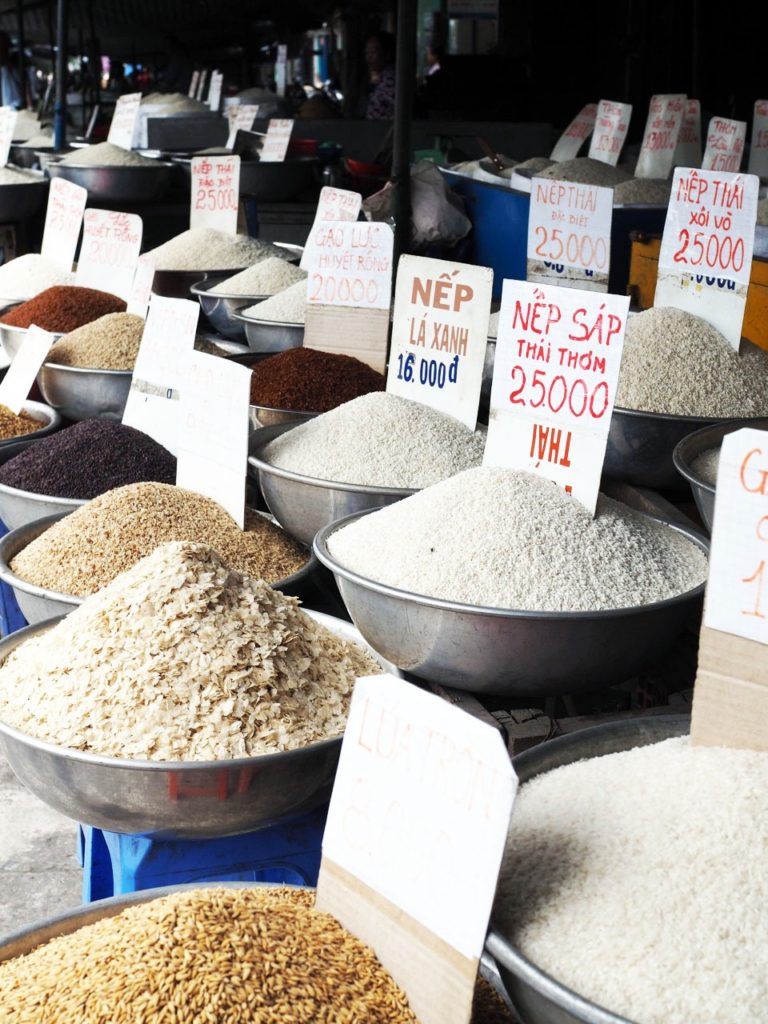
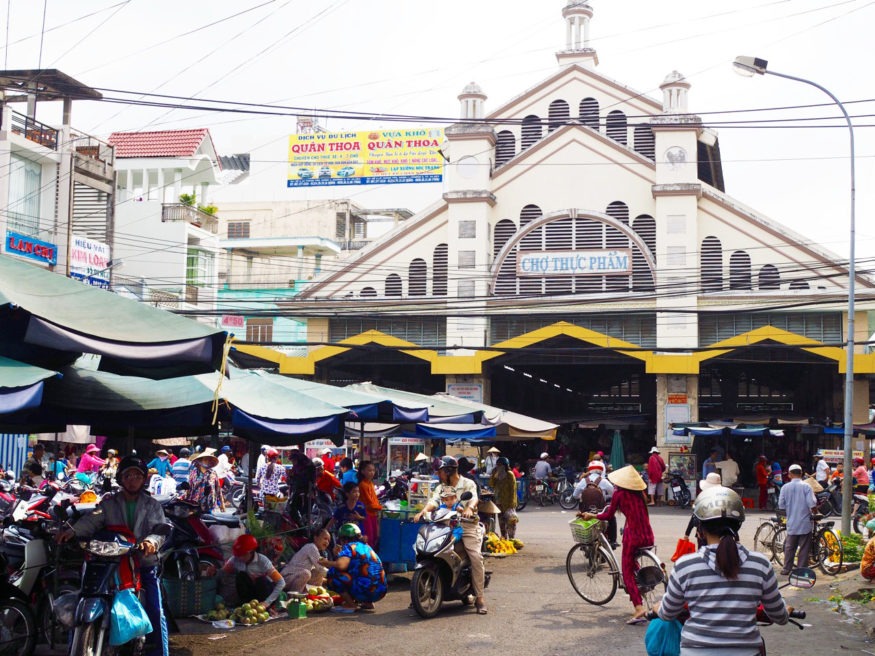
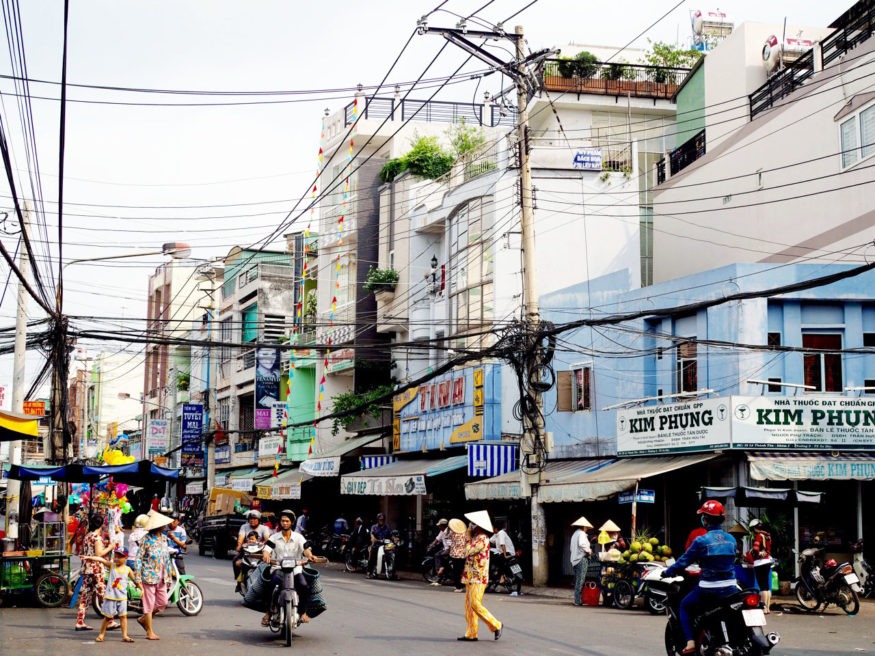
Our river cruise along the Mekong led us to Sa Dec, a bustling locale with a population nearing 150,000 inhabitants. Stepping ashore, I immediately sensed the vibrant energy and atmosphere typical of Southeast Asia—a reminder of its heyday as the informal capital of the Mekong Delta in the 19th century.
For European tourists, a highlight was the sino-French house immortalized in Marguerite Duras’ novel and subsequent film, “The Lover,” offering a glimpse into the author’s early life in Indochina. Dating back to 1895, this delightful urban pagoda was once home to the novel’s protagonist, Huynh Thuy Le.
Others, unfamiliar with Duras’ work, found themselves drawn to the immense public market sprawling over several blocks. Here, amid stalls laden with meat, flowers, fruits, vegetables, fish, and rice, the bustling activity felt palpable. It was as if I stood at the very heart of the city, immersed in its vibrant pulse, and doubly excited for our final destination—the Vietnamese capital.
Ho Chi Minh City
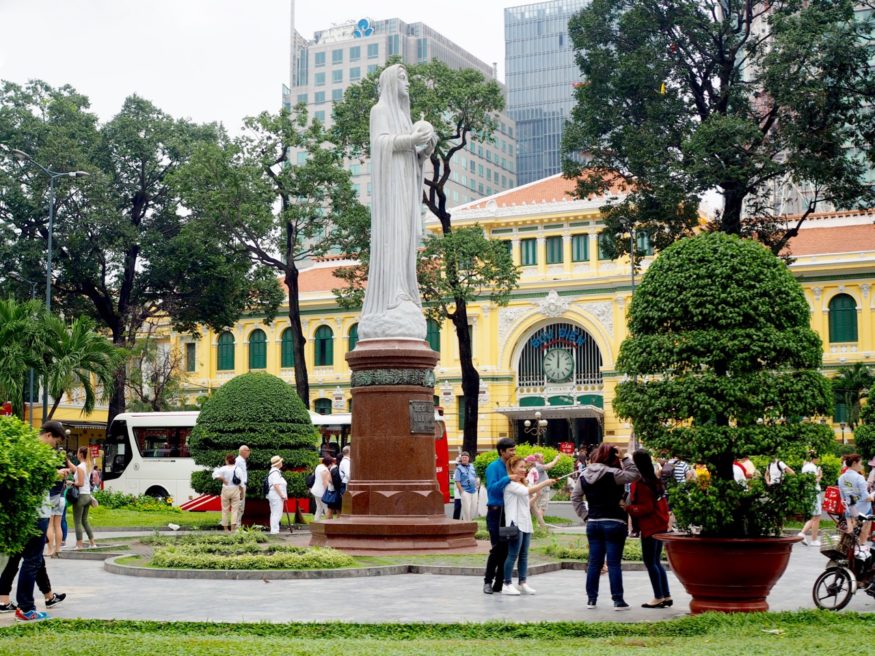
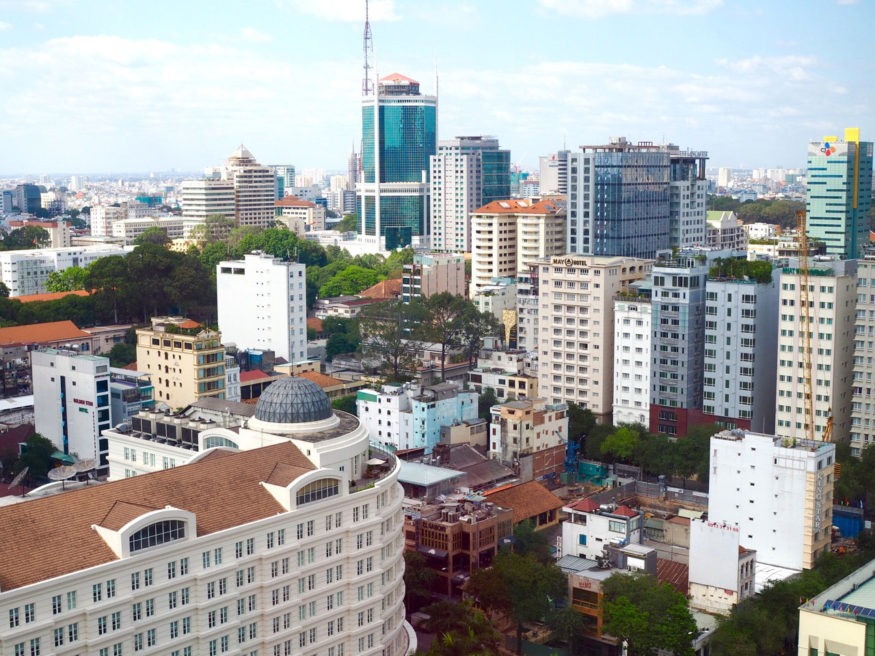
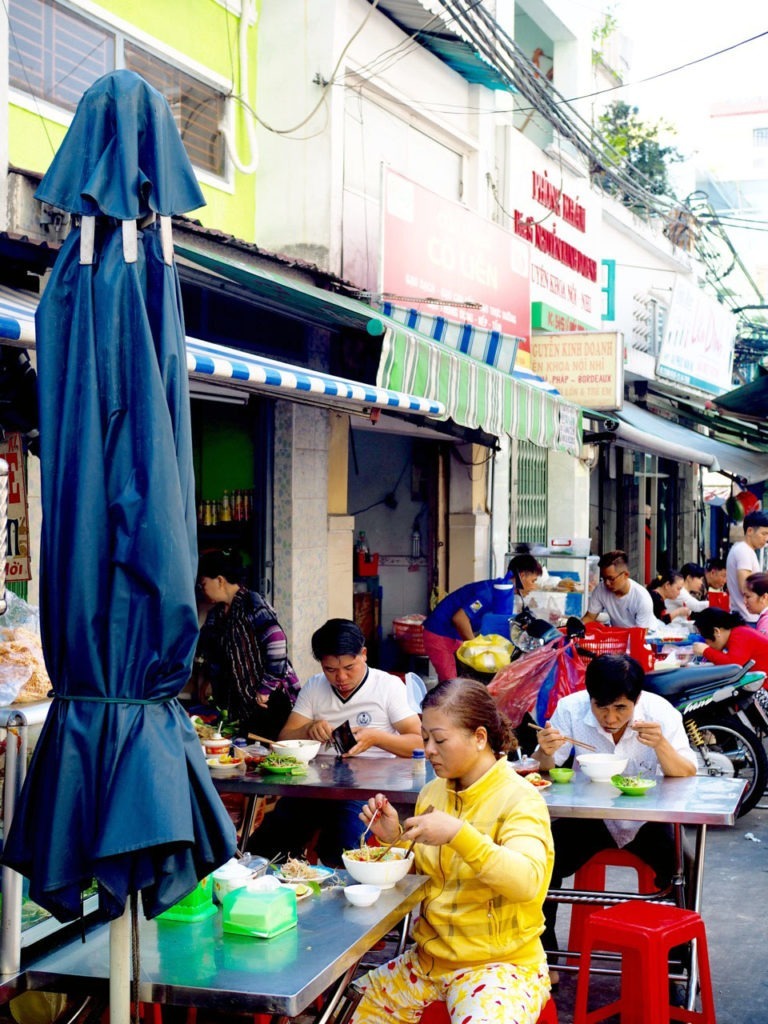
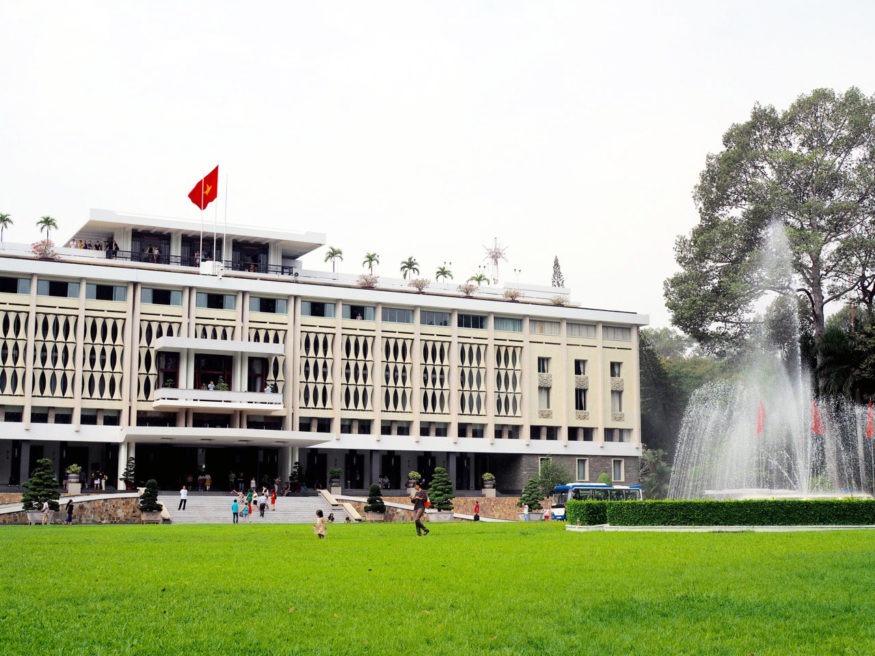
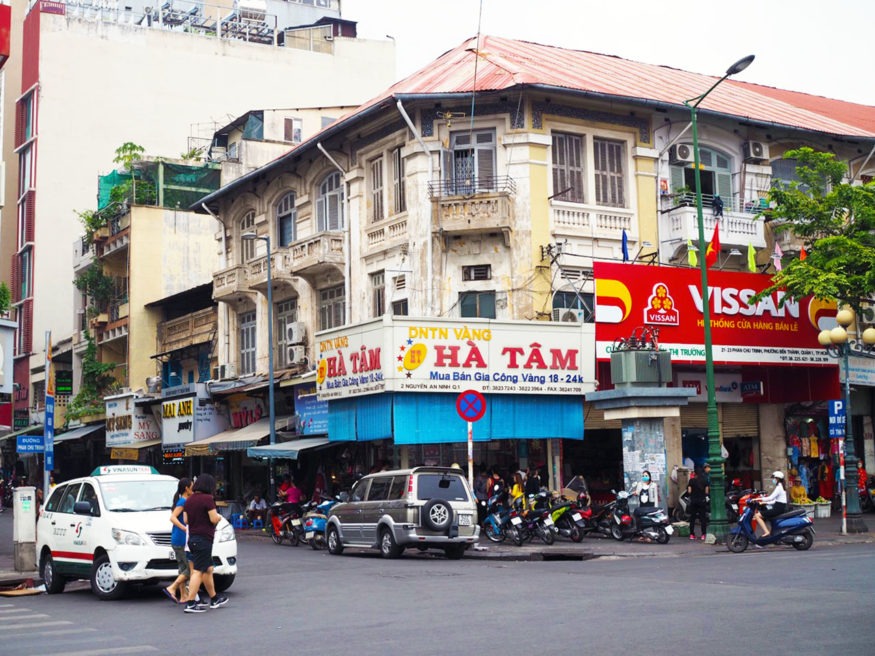
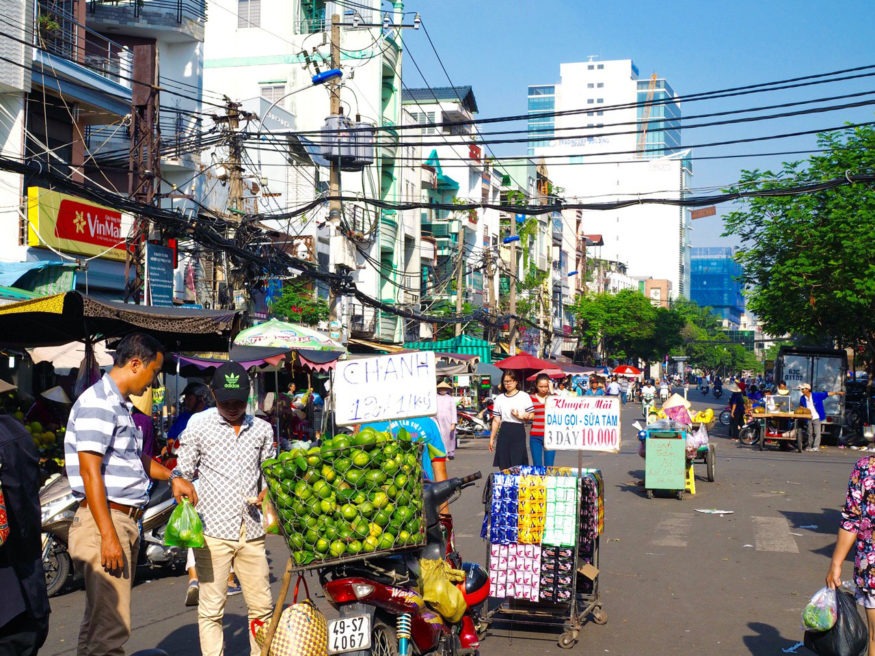
Formerly recognized as Saigon, the capital of Ho Chi Minh City takes me completely off guard, despite the plethora of advice I received before my arrival. I believed I was mentally prepared for the chaotic uproar. How naive I was! In Ho Chi Minh City, crossing the street becomes an act of bravery:
With the absence of traffic lights, eight million scooters careen towards their destinations, indifferent to helpless pedestrians. The only viable method to reach the adjacent sidewalk is to identify even the tiniest gap in traffic, step onto the street confidently, and hope for the best.
At this juncture, I’m uncertain whether my perspiration results from the scorching 40-degree weather or genuine fear for my life. Nonetheless, the surge of adrenaline sends me into uncontrollable laughter once I successfully reach the other side, limbs visibly unscathed… until I must repeat the ordeal 100 meters further.
Exploring Saigon entails visits to its historic attractions, spanning from French colonization to the American War, wandering through alleys where time appears frozen, exploring incense-laden temples, and encountering the distinctly European Notre-Dame Cathedral alongside the dissonant Palace of Reunification and, of course, the Cu Chi tunnels.
The array of activities in Ho Chi Minh City could occupy me for days, especially when it comes to savoring its gastronomic offerings—Pho, grilled meat, noodles, spring rolls! Alas, I have a mere 48 hours to make the most of the capital, culminating in rooftop sunset drinks at the upscale Rex Hotel.
Vietnam’s audacity and complex history weave a country rich in contrasts that demand multiple visits to fully grasp its identity. I’ve merely scratched the surface, choosing to view it as an incentive to return rather than a regrettable short trip.

